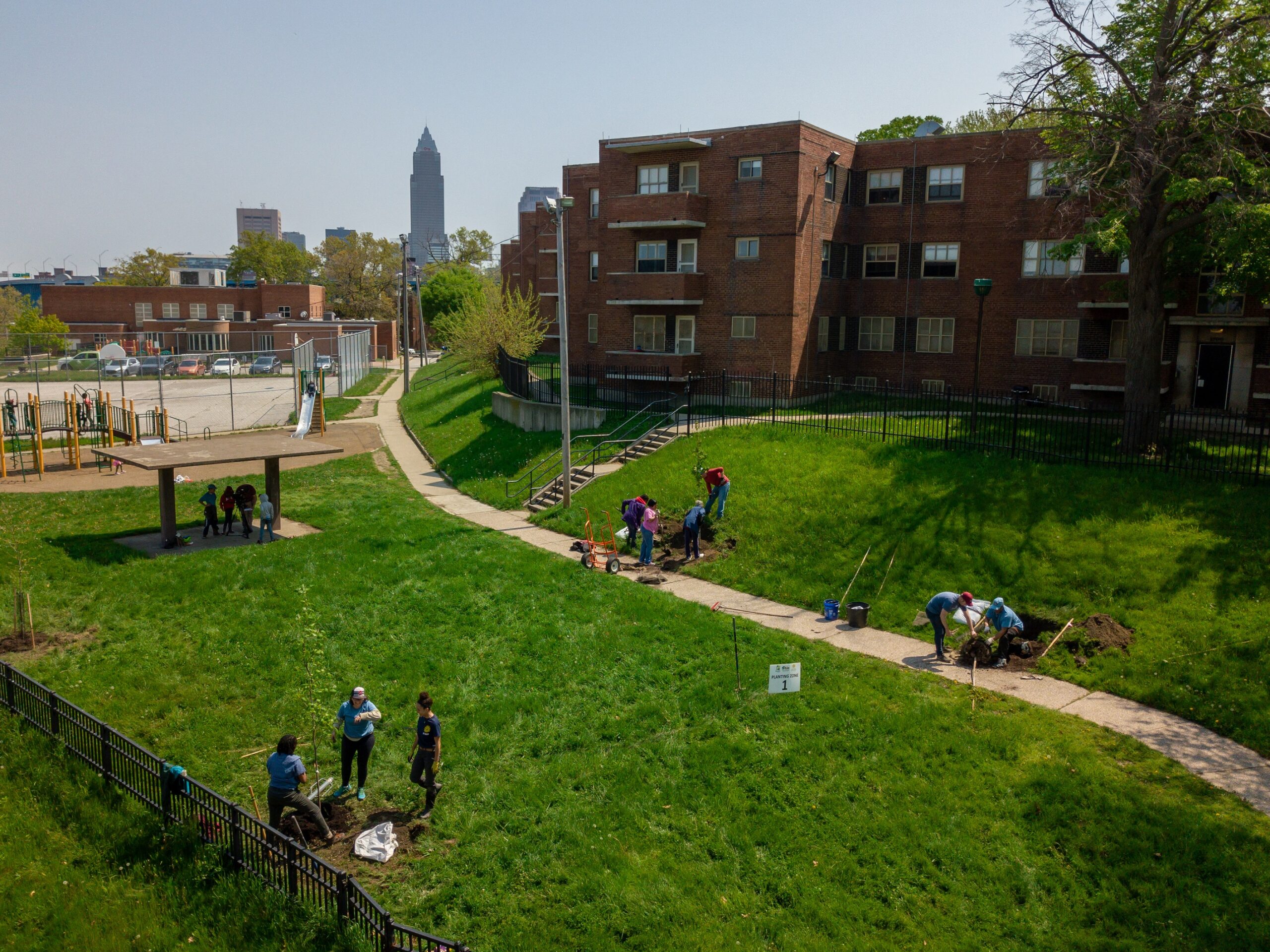
10-Minute Walk Local Policy Framework
Anti-Displacement
Protecting Community Stability
As new parks and public investments improve neighborhoods, rising costs can put longtime residents and businesses at risk of being priced out of the very benefits those improvements create. Anti-displacement policies—such as rent stabilization, affordable housing protections, and local hiring programs—help ensure that park investment strengthens communities rather than displacing them.
When coordinated with housing, planning, and economic development strategies, these policies can balance revitalization with stability. They allow neighborhoods to grow and thrive while preserving the cultural, social, and economic diversity that makes communities vibrant and resilient.

REPORT
Great Parks Should Not Uproot Communities
Trust for Public Land’s report Great Parks Should Not Uproot Communities reviews the growing body of research on green gentrification and identifies practical strategies that public agencies and nonprofit organizations can use to limit displacement near new or improved parks.
The report synthesizes evidence on the factors that heighten displacement risk and highlights policy and planning approaches that help cities create greener, healthier neighborhoods while protecting community stability and ensuring longtime residents can share in the benefits of investment.
Anti-Displacement Resources
Trust for Public Land’s Park Equity Accelerator, UCLA researchers, and the Taylor Yard Equity Strategy team collaborated to highlight tools, policies, and programs that help neighborhoods thrive in place as new green infrastructure investments take shape.
Researchers from the University of Utah and UCLA Institute of the Environment & Sustainability produced a report to share the results of an ongoing study to identify and classify parks-related anti-displacement strategies in cities across the U.S.

